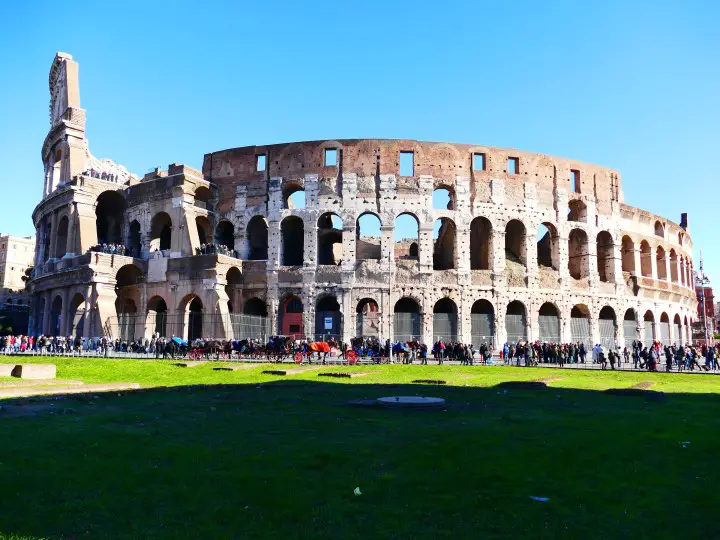After the fall of the Western Roman Empire in 476 CE, Western Europe faced significant challenges to maintaining cultural unity. However, several factors played crucial roles in preserving collective identity and fostering cultural unity throughout the region.
In this article, we will explore how Western Europe managed to maintain its cultural unity during this period of transition.

- Christianization:
• The adoption of Christianity as the official religion of the Roman Empire helped to establish a common set of moral values, religious beliefs, and cultural practices.
• The influence of the Catholic Church became a unifying force across Western Europe, providing a shared spiritual framework that transcended different local cultures. - The Carolingian Empire:
• Charlemagne’s (Charles the Great) Carolingian Empire (800-888 CE) brought together a large part of Western Europe under his rule.
• Charlemagne fostered education, encouraged intellectual achievements, and revitalized the arts and culture. The Carolingian Renaissance helped establish a shared intellectual foundation across the region. - Feudalism:
• The feudal system, which emerged in the aftermath of the fall of the Roman Empire, created a hierarchical social structure that allowed for local governance while maintaining cultural and linguistic continuity.
• Nobles served as cultural and political intermediaries, ensuring that a sense of cultural unity was preserved within their territories. - Latin as a Lingua Franca:
• Latin, the language of the Roman Empire, continued to be used as a common language among the educated elites throughout Western Europe.
• It provided a means of communication among scholars, clergy, and ruling classes, contributing to the preservation of a shared cultural heritage. - Monasticism and Education:
• Monastic communities, such as those established by Saint Benedict, played vital roles in preserving knowledge and nurturing cultural unity.
• Monasteries served as centers of learning, copying manuscripts, preserving intellectual traditions, and safeguarding important historical records. - Pilgrimage and Trade:
• Pilgrimages to prominent religious sites, such as Santiago de Compostela or Rome, brought people from different regions together, fostering both religious and cultural unity.
• Trade networks, particularly along the Mediterranean and the Hanseatic League, facilitated the exchange of goods, ideas, and cultural practices, contributing to the commonality among Western European societies.
FAQs

Q: What was the significance of the fall of the Western Roman Empire in Western Europe?
A: The fall of the Western Roman Empire in the 5th century marked the end of the centralized political rule and governance in Western Europe. This political vacuum led to significant changes in the region’s societal, cultural, and economic dynamics.
Q: Did Western Europe face any challenges in maintaining cultural unity after the fall of the Western Roman Empire?
A: Yes, Western Europe did face challenges in maintaining cultural unity. The absence of a strong central authority led to political fragmentation and frequent conflicts. Different regional powers and rulers often had conflicting interests, which sometimes disrupted cultural unity. Additionally, the migration and invasions of various ethnic groups, such as the Franks, Vikings, and Muslims, introduced new cultural elements and challenged existing societal norms. However, despite these challenges, the overarching cultural and religious framework provided enough unity to sustain a common European identity.
Q: How did cultural unity in Western Europe evolve over time?
A: Cultural unity in Western Europe evolved and diversified over time. This period saw the rise of distinctive regional identities, such as the Carolingian Empire in Francia, the Kingdom of England, and the Holy Roman Empire. The Crusades, Renaissance, and Reformation further shaped cultural development, leading to a broader range of ideas and artistic expressions. However, underlying factors, such as Christianity and the Latin language, continued to provide a common thread throughout these transformations.
Conclusion:
Despite the fragmentation and challenges that followed the fall of the Western Roman Empire, Western Europe managed to maintain a strong cultural unity. The influence of Christianity, the Carolingian Empire, feudalism, Latin as a lingua franca, monasticism, pilgrimage, and trade all played crucial roles in fostering social, religious, and intellectual bonds among various regions and ensuring the preservation of a shared cultural heritage.
